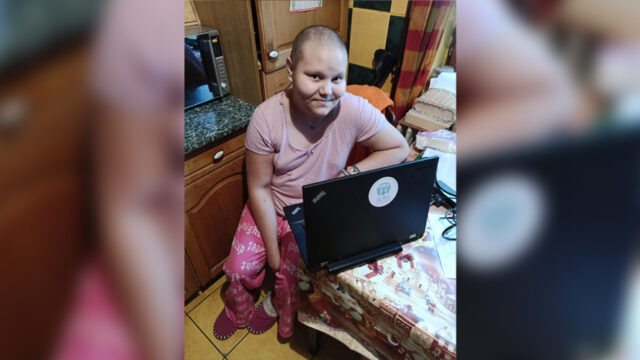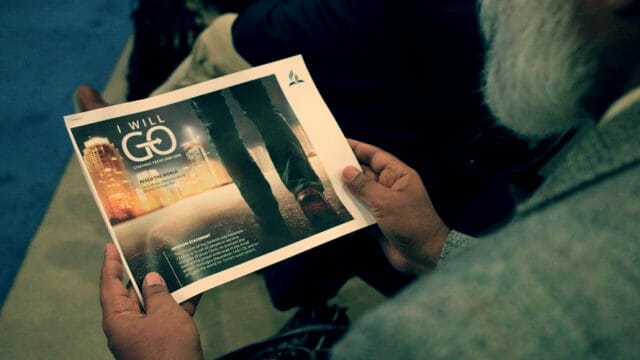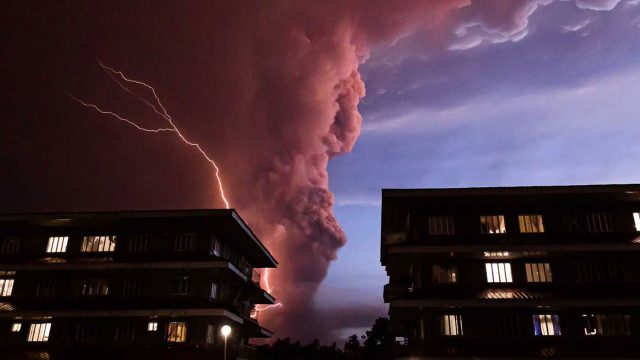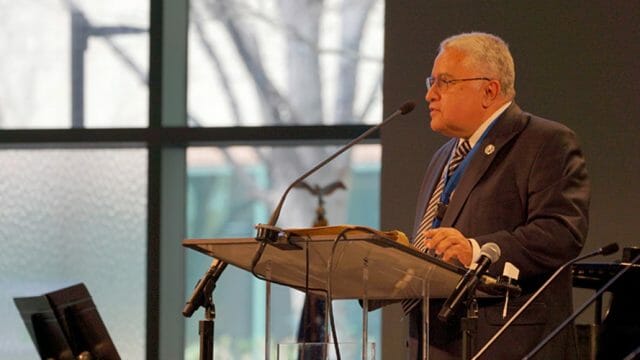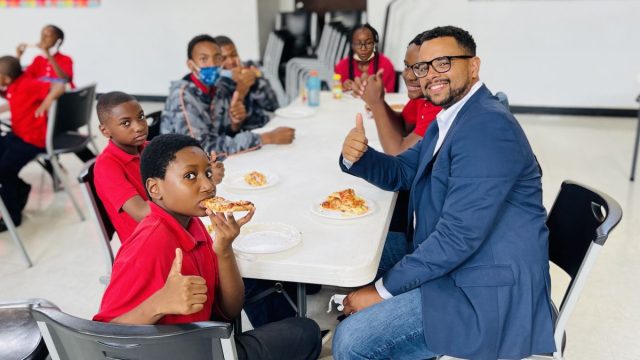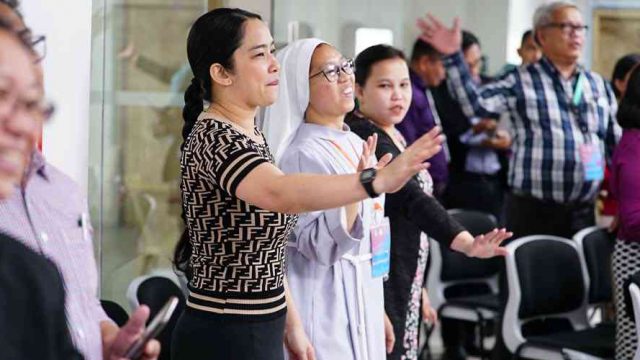When we talk about race, colorblindness can be a double-edged sword.
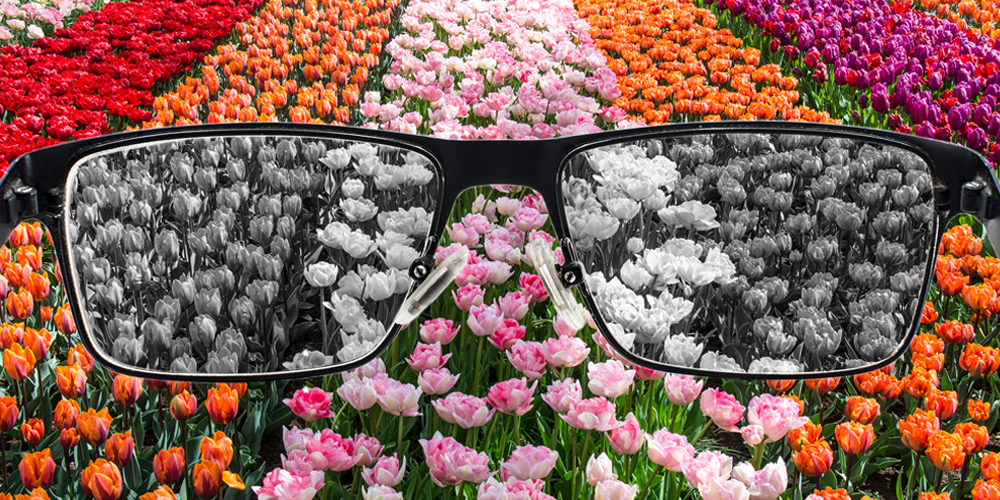
When COVID unexpectedly crashed into our lives last year, it raised a lot of social and economic issues for many households. However, in our household, there was one issue that I did not foresee. In fact, I was a bit stumped on how to deal with it — it was the issue of race and identity.
In 2018 we moved into a small, leafy suburb on the outskirts of Greater Melbourne in Australia. My husband and I are both from Mauritius and noticed that it was a predominantly white Australian suburb, but we thought we should not be looking at the color of our neighbors and that it could not possibly be an issue.
That was until last year, when Melbourne had some of the strictest and longest lockdowns in Australia. There was no church, no seeing friends, and no seeing extended family. Although we had the technology, it is not the same as physically being in the room with someone, especially for children.
The issue first reared its head in April 2020 when my then four-year-old son started to talk about how he felt “dirty” and did not like his always sun-kissed-looking skin. He wanted to be white and have blue eyes because that is what was beautiful. White was good, and brown was bad.
My motherly instincts kicked in as I tried to navigate gently around the subject and find out if another child at kinder (pre-school) had said something to him. After some discussion, I realized that he had come to this conclusion all by himself. He had noticed that he was the odd one out—one of only two children of color in a class of 23 children.
I had the obvious talk with him, saying that God made him beautiful just the way he is and that his skin color is perfect. Many long hugs and kisses accompanied this as my heart broke for how my son felt.
As the year progressed and the lockdowns became more severe, things worsened with my son’s identity.
There were days he would find a piece of metal and start scratching himself because that made him white. He did not want to spend time with his father because he has a darker complexion, and he would say to me, “I wish I was your color because you are a white-brown.”
Again, I would tell him that God made everyone in this world all different shades and that everyone looked just how God wanted them to. We all look different, but that is not what we should be focused on. Rather, we should be looking past the surface and trying to see who someone is on the inside. Seeing if a person is kind to others and a good friend were the only things that mattered.
It got to a point where he did not seem to be listening to me, so I called up his kindergarten teachers, hoping to get some backup.
I told them what was happening and then asked them if they discussed race and why people look different. They were shocked and saddened about the situation but admitted they only ever discussed differences due to disabilities and different personalities, not differences due to race. This surprised me. We live in such a multicultural country, so why were they not addressing race? After our conversation, they assured me that they would start to raise this in their curriculum.
I knew I was also at fault because even though my son knew he came from a Mauritian background and we had been there for a holiday, he still did not see or understand his place in the world. And our view of “I do not see color,” which is a view taken by many in this world, was starting to become a problem.
“I do not see color” used to be a phrase I used a lot growing up because it meant that I did not look at where a person came from or what they looked like; I looked at their heart, who they were as a person. It is something that God instructed us to do in 1 Samuel 16:7: “Do not look at his appearance or on the height of his stature, because I have rejected him. For the Lord sees not as man sees: man looks on the outward appearance, but the Lord looks on the heart” (ESV).
Even though this is a beautiful sentiment and something that we need to uphold as Christians, we also have to find the balance between seeing our differences and not letting them change how we treat someone. Over the years, the meaning of this saying has changed from truly seeing a person, inside and out, to ignoring completely where a person comes from or what they look like, out of fear we will offend someone.
I was born in England, and my family migrated to Australia in the late 1980s when I was only seven months old. My parents surrounded themselves with others from Mauritius, which is typical for new immigrants. We attended a multicultural church and school and understood the backgrounds and ethnicities of people we knew. Whether they were white, brown, or black, we knew their ethnicity — it was more out of curiosity than anything else. Although I did get some comments about my skin color from children at my school, I never disliked who I was. We recognized our differences and embraced who we were. Something that, over the years, has started to be seen as inappropriate.
Although God looks at a person’s heart, He is a creator and loves to look at His creation. In Genesis 1, the creation week, God stopped to look at what He had done and “saw that it was good.” I do not know about you, but I would have been perfectly content if God created only one type of spider or one type of snake, but we see thousands of species for each of these animals around the world. After God created all these species, He stopped to look at each one. He saw their different sizes, various colors, textures, and characteristics and saw that they were good.
Psalm 139:13 tells us that God created our innermost being, and He knitted us together in our mother’s womb. God still creates, and He created each and every one of us. He chose the texture of our hair, the color of our skin, and our eyes, and when He had finished, He stopped to look at us and saw that we are good. We are His creation and special in His eyes, so let us be proud of that.
Saying we don’t see color is an easy way out of not actually seeing each other. In Australia, everyone comes from a different background. No matter what color they are, I want to challenge you to start seeing color, noticing the differences in your neighbors, your colleagues, the church member sitting next to you, and celebrating these differences. Let us learn to truly see each other and love each other just the same.
The original version of this commentary was posted by Adventist Record.


